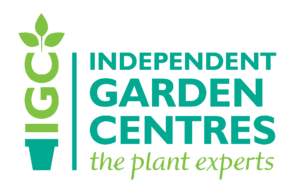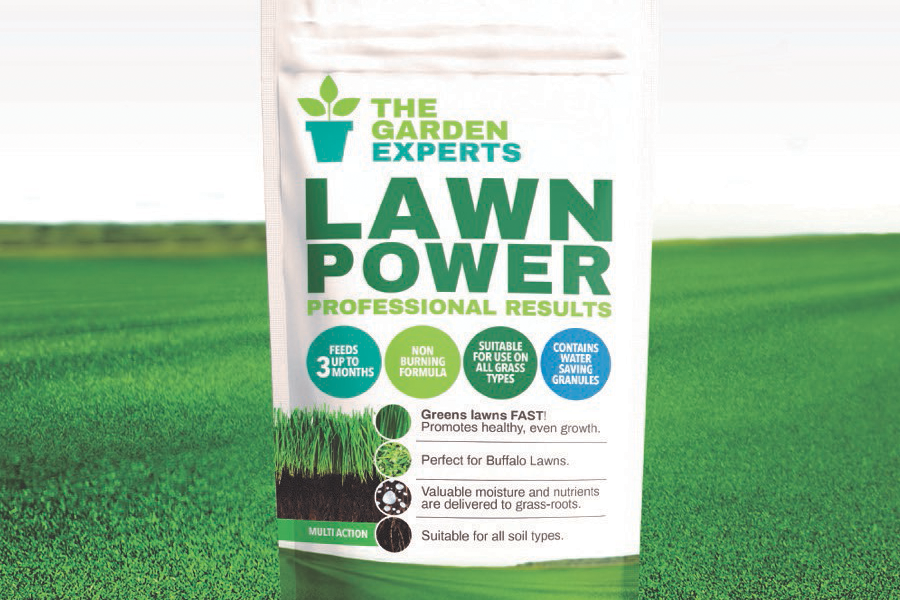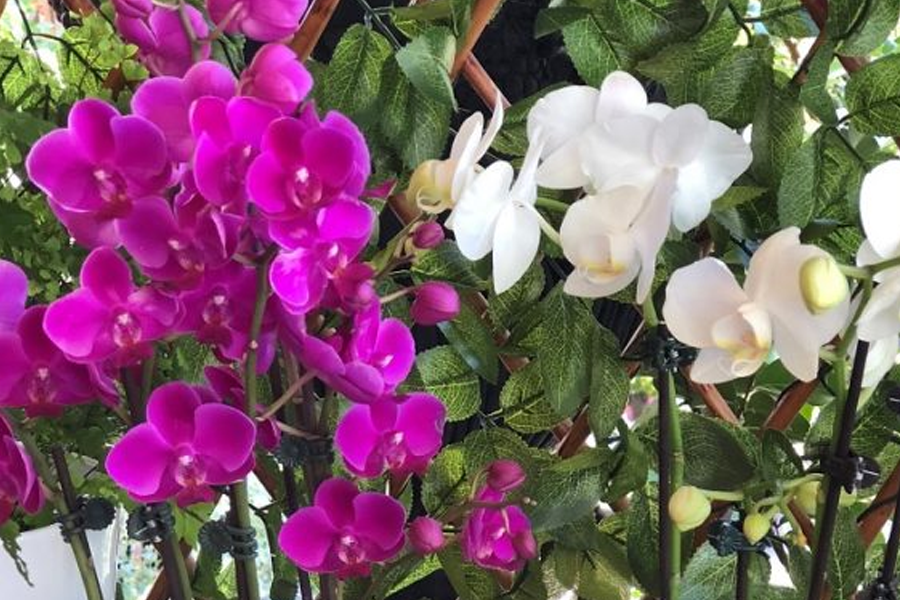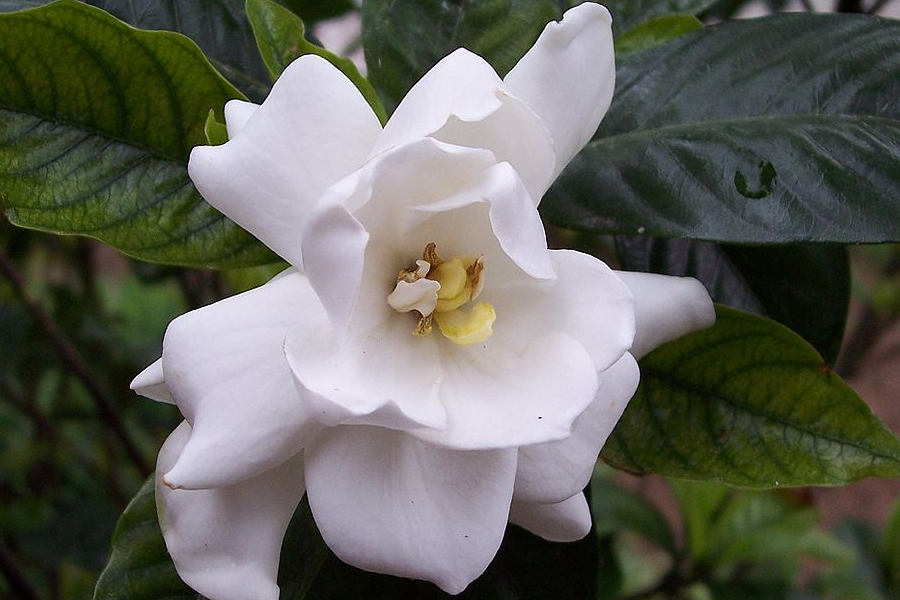by IGC Admin
Share
by IGC Admin
Share
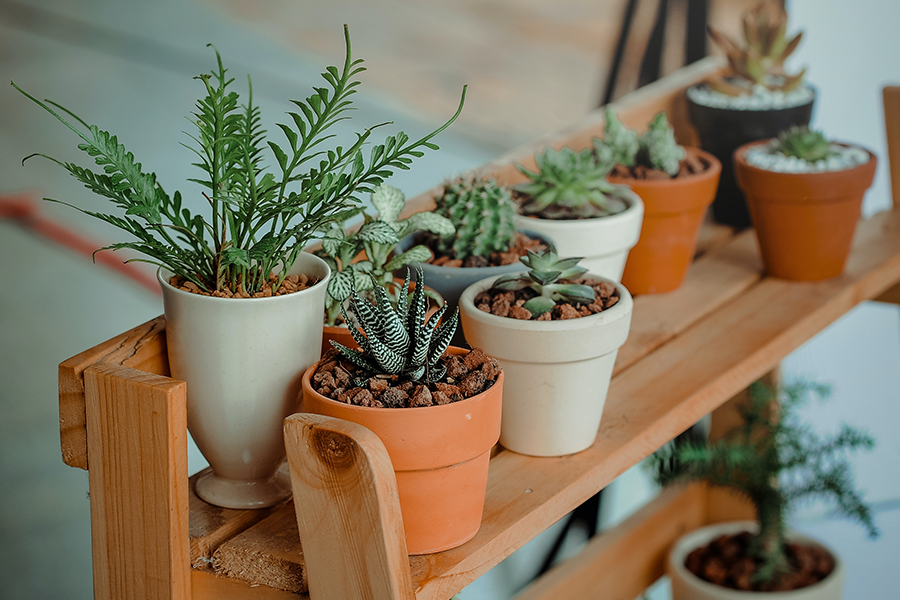
“Pots” is a simple word to embrace the myriad of shapes and sizes of containers in which plants may be grown.
These range from a miniature bonsai pot to a large urn or barrel and from hollow logs to drain pipes. A pot may be an artistic statement or merely a utensil to house a plant until it is ready to be placed in the ground.
The pot is one of the oldest known utensils- pottery and metals were first part of human industry. The flower pot is one of the most ancient forms of gardening having been found in the ruins of ancient Mediterranean cities and in ancient Biblical references. The variety of plants is as great as the range of containers. Many native plants are suited to container growing.
People who live in confined inner city areas of in apartment blocks with little or no garden area, can enjoy a wide range of native plants.
Balconies and courtyards can be enlivened by a potted garden. Window boxes are a very old form of gardening and have regained popularity. It is possible to design a total landscape in a small space.
Containers can provide a portable garden- ideal for those who are renting a home. When they move they can take their favourite plants with them.
People with limited mobility can enjoy the beauty and fragrance of a garden and the exercise that comes with caring for it.
Containers are also used in larger gardens for their versatility. They can be moved around to take advantage of sun or shade given a prominent position when flowering, and taken indoors when at their best.
Fragile plants can be kept in pots to provide the most suitable soil and growing conditions.
Selecting a Container
A container can be any receptacle that holds soil as long as it has good drainage. The right selection is important from the aesthetic and the practical point of view. Its style and size must be suited to the plant and to its site, blending with the ambience of its surroundings. There needs to be space for the roots to grow, but the plant must be in proportion. Pots can be terracotta, ceramic, plastic, or wood. Terracotta’s earthy colour suits native plants but it is porous. For this reason, mixes such as Debco Terracotta & Tub Mix, or IGC Premium Potting Mix, should be used. Cement pots should be used carefully because of their lime content. Plastic pots can be sued as liners for both cement, and terracotta pots.
Growing Requirements
Containers place restrictions on the root systems of plants. In the garden, roots are able to exploit a large volume of soil to obtain moisture and nutrients. In containers, there is a limited volume of soil providing nutrients and moisture. Drainage and aeration are also reduced compared with the same soil in the garden.
Beware of cheap potting mixes that don’t meet Australian Standards Accreditation. It is a false economy to buy a good plant and expect it to grow happily in cheap potting mix. For porous containers, choose a specialized mix with high moisture retaining properties. Ask for IGC premium potting mix.
Watering
Incorrect watering causes many losses with container grown plants. Wait until the surface 1 to 2 centimetres of soil is dry before re-watering. Apply water gently- thoroughly soaking the soil. Don’t leave pots sitting in water as this causes the mix in the bottom of the container to turn sour and ultimately the loss of the plant. Plants on patios or in courtyards should be raised to allow water to drain freely and to hinder snails and other pests.
Feeding: Plants in containers need more frequent fertilising for healthy growth. The best time is just after flowering. There is a wide variety of fertilisers available. Yates Acticote for natives is a recommended slow release fertiliser and Nitrosol as a liquid fertiliser. Avoid fertilizers high in phosphorous as many natives are sensitive to this.
Re-potting
If plants lack vigour and don’t respond to watering and feeding. Re-potting is recommended with a fresh bag of IGC Potting Mix. Carefully trim the roots and prune the branches to compensate for root loss and to neaten or reshape. Wash the pot thoroughly before re-using.
Pruning: Some pruning is necessary for container plants. Regular pinch pruning of terminal growth is the easiest and best method.
Choice of Plants
The first and most important thing to consider is the location and how much sun and shade the plant will receive. Picking a plant that will thrive in the conditions present will provide best results. We recommend you head to your local IGC Centre with your location in mind to discuss a suitable plant that will fill your requirements.
A list of native favourites suitable for containers:
- Actinotus helianthi
- Adiantum aethiopicum
- Boronia megastigma “Heaven Scent”
- Brachyschome multifida
- Callistemon “Little John”
- Conostylis bealiana
- Crowea “Poorinda Ecstasy”
- Cryptandra amara
- Chrysocephalum (Helichrysum) baxteri
- Epacris longiflora dampiera diversifolia
- Eremophila microtheca
- Eriostemon verrucosus (double form)
- Grevillea alpina hibbertia stellaris
- Hypocalymma angustifolium
- Leschenaultia biloba L. formosa
- Micromyrtus ciliata
- Persoonia pinifolia
- Pimelia Imbricata
- Rhodanthe (Helipterum)
- Anthemoides Scaevola ‘Mauve Clusters”
- Scleranthus Biflorus
- Swainsona Formosa (Sturt’s Desert Pea)
- Thomasia pygmaea Verticordia plumosa
- Baeckea ramosissima Forms
- Boronia serrulata C Calectasia cyanea
- Crowea exalata forms
- Darwinia sp. -the bell flowered forms
- Davallia species Gleichenia microphylla
- Lysiopetalum Involucratum
- Platytheca verticillata
- Tetratheca thymifolia Bientennial Belle
Hanging Baskets
The most common and basic hanging basket is the wire frame lined with paperbark or wool. Yates have introduced the woolrich liner made from Australian wool which they claim aids water retention and insulates the roots. Liners have a limited life, but by the time they have degraded re-potting is usually necessary. Plastic containers with their own saucers can be purchased in a wide range of styles and colours- some even have self-watering systems. A variety of ceramic pots are available but can be very heavy and care must be taken in securing them to upright supports. Hooks and pulleys can be used to make baskets more accessible.
Potting Mixes – Ask for IGC Potting Mix
Special mixes are available for baskets. These generally include water-retention crystals and some mixes contain plastic foam to reduce the weight. Vermiculite or perlite also decrease the weight and are good soil conditioners. Give the container a good soaking after planting and allow it to drain before hanging.
Plant Care
Baskets require frequent water checks so that they don’t dry out. Nutrients in the soil are leached out by watering more quickly in a hanging container so regular feeding is beneficial. Once or twice a year when plants are in active growth, give a light application of a slow-release fertiliser suitable for natives, such as Yates Acticote Natives. Periodic re-potting with IGC Potting Mix is necessary for healthy nutrient levels.
Our very own slow release fertiliser that provides all the essential nutrients for most plants.
A Living Gift provides many weeks or months of flowering beauty and is fantastic value for money.
Gardenia are very popular and a much-loved shrub, which originated from China, but it's important to know how best to care for them.
